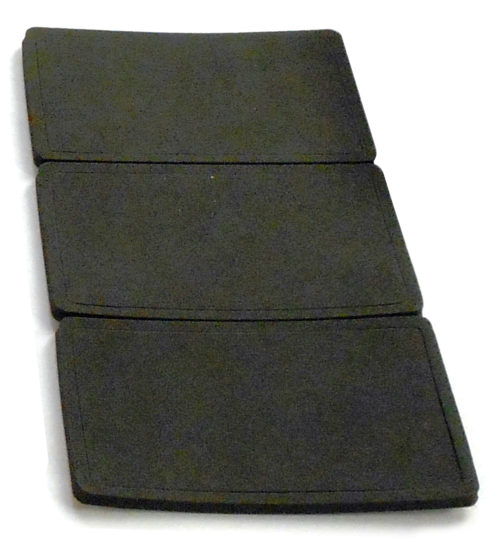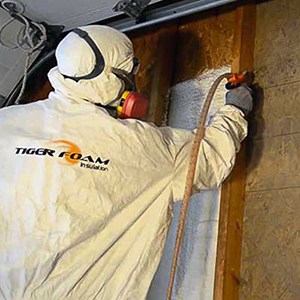Importance of knowing the difference between open cell vs closed cell spray foam insulation.
Difference between closed cell and open cell nitrile rubber insulation.
While a closed cell foam contains more than 90 closed cells for open cell foam of which there is as yet no official definition the figure is usually below 20 although it may have higher proportions.
In the trades it is known as medium density or two pound foam.
Open cell foam is made of irregularly shaped cells that are linked together.
Depending on the requirements of the market this product can be coated with different types of foils and have a factory applied self adhesive.
Foam is usually classified as open cell when more than half of its cells are open.
Closed cell foam is usually made by subjecting a rubber compound to a gas such as nitrogen under high pressure.
Ultimately this is why closed cell foams are stronger and denser allowing them to carry heavier loads.
Because the cells are closed and have their own cell walls they are more rigid and trap a large amount of air.
Now lets get to it.
That s because the cell formation within the material is broken i e the netting is open and not filled with inflated balloons.
It is important to be aware of the difference between open cell vs closed celled spray foam insulation cost uk.
Aerofoam nbr flexible elastomeric rubber insulation rolls and sheets are closed cell foam structures with a non porous composition that offers high thermal efficiency and protection from imminent condensation problems and helps as sound absorber.
This agent gives off a gas which expands the rubber during vulcanization.
Because the cell walls are broken the foam is softer.
Closed cell foam is defined as a cell totally enclosed by its walls and hence not interconnecting with other cells.
Closed cell foam insulation is denser than open cell foam which breathes.
Open cell foams are in general lighter in weight and less dense compared with closed cell foams.
Closed cell polyurethane foams have r values around 6 0 7 14 in.
It is the more common of the two types of polyurethane spray foams.
Open cell foam.
In other words the cells are deliberatly left open.
This type of foam may also be made by incorporating gas forming materials into the compound.
Open cell foams typically weigh about 0 5 lbs per cubic foot while closed cell foams are about 3 lbs per cubic foot.
This makes for more sturdy products that serve as great insulation.
Open cell foam is full of cells that aren t completely encapsulated.
If an installer was to install the incorrect cell type foam it could cause the insulation to work ineffectively.
The other major difference between open cell and closed cell foam insulation is the density of the in place foam.
Closed cell foam is essentially incompressible once cured.
Open cell and closed cell foam have indeed some common features such as shock absorption thermal insulation and noise deadening etc.





























